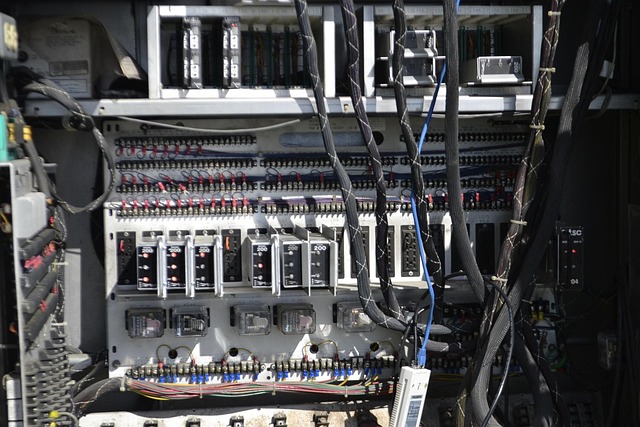Maximizing Hardware Security Functionality for Virtual Reality, Augmented Reality, and the Metaverse
As we delve deeper into the digital frontier, the lines between reality and the virtual world continue to blur, offering endless possibilities for innovation and interaction. Virtual Reality (VR), Augmented Reality (AR), and the evolving Metaverse are at the forefront of this transformation, each offering unique experiences that challenge the boundaries of our digital and physical lives. With these advancements, however, comes the critical need to address the security function of the hardware powering these immersive technologies.
The Role of Hardware Security in Virtual Reality
Virtual Reality offers an immersive, interactive experience, captivating users in rendered environments that can evoke a profound sense of presence. But what happens when this captivating alternative universe is compromised? Ensuring the integrity and security of hardware functions becomes paramount in preventing unauthorized access or malicious interference.
In VR systems, securing the sensory data transfer from input devices like headsets and controllers is crucial. Hardware security functions can be employed to encrypt data, ensuring that user interactions and physiological data are protected from interception. Robust encryption algorithms built directly into VR hardware components help maintain user confidentiality and data integrity, crucial in environments where personal biometric data may be collected and analyzed.
Ensuring Safety in Augmented Reality Environments
Augmented Reality seamlessly integrates virtual elements with real-world perceptions, layering information that enriches the user’s environment. However, AR’s reliance on real-time data processing presents unique challenges for security functions.
Hardware mechanisms that secure AR devices play a pivotal role in safeguarding not just the device but the environment in which it operates. By employing encryption and secure boot processes from the device level, AR applications can prevent unauthorized modifications and ensure that virtual overlays do not become vectors for security breaches. These security functions can also help maintain the authenticity of visual information, a critical factor in applications ranging from navigation aids to critical systems training.
The Metaverse: A Shared, Secure Digital Universe
With the Metaverse taking shape as a vast, interconnected web of virtual universes, security concerns grow exponentially. This digital cosmos, rich with opportunities for interaction, creation, and commerce, requires a robust hardware security foundation to thrive safely.
The security function in metaverse-related hardware is twofold: it must not only protect individual user data and interactions but also maintain the security of complex ecosystems that include decentralized networks and digital economies. Embedded security features at the hardware level, like trusted execution environments and hardware-backed authentication, provide a defense-in-depth approach. This ensures that the Metaverse’s interconnected spaces can expand without risking the integrity and security of the digital experience.
As we venture further into the realms of VR, AR, and the Metaverse, the need to maximize hardware security functions becomes ever more evident. Only through robust, trusted security measures can we confidently explore and expand these digital dimensions without compromising our personal or collective digital safety.




